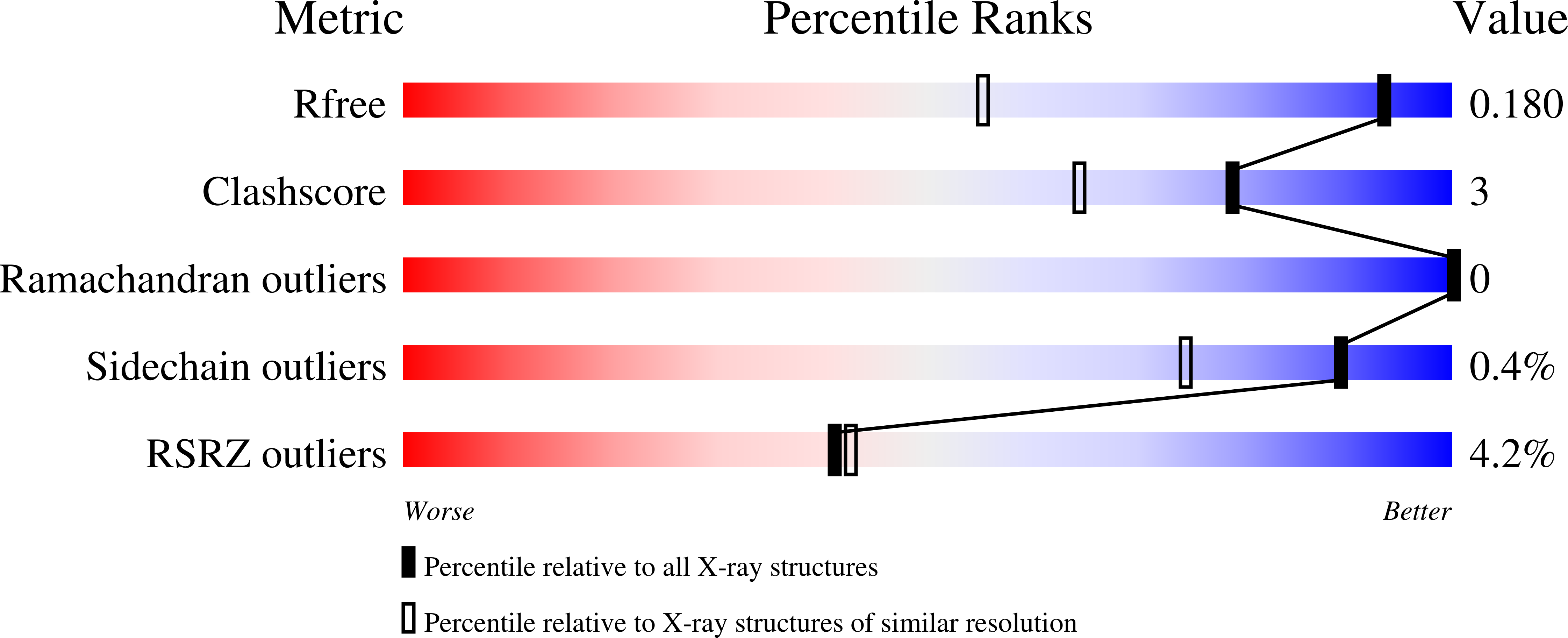
Deposition Date
2024-02-18
Release Date
2024-12-04
Last Version Date
2024-12-11
Entry Detail
PDB ID:
8S2M
Keywords:
Title:
Xenorhabdus bovienii Rhs C-terminal toxin TreX complex with TriX immunity protein
Biological Source:
Source Organism:
Xenorhabdus bovienii SS-2004 (Taxon ID: 406818)
Host Organism:
Method Details:
Experimental Method:
Resolution:
1.28 Å
R-Value Free:
0.18
R-Value Work:
0.17
R-Value Observed:
0.17
Space Group:
P 21 21 2


